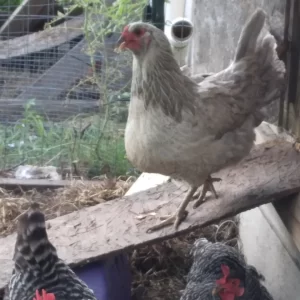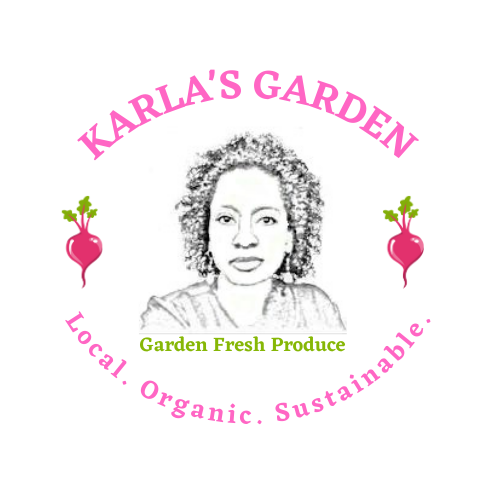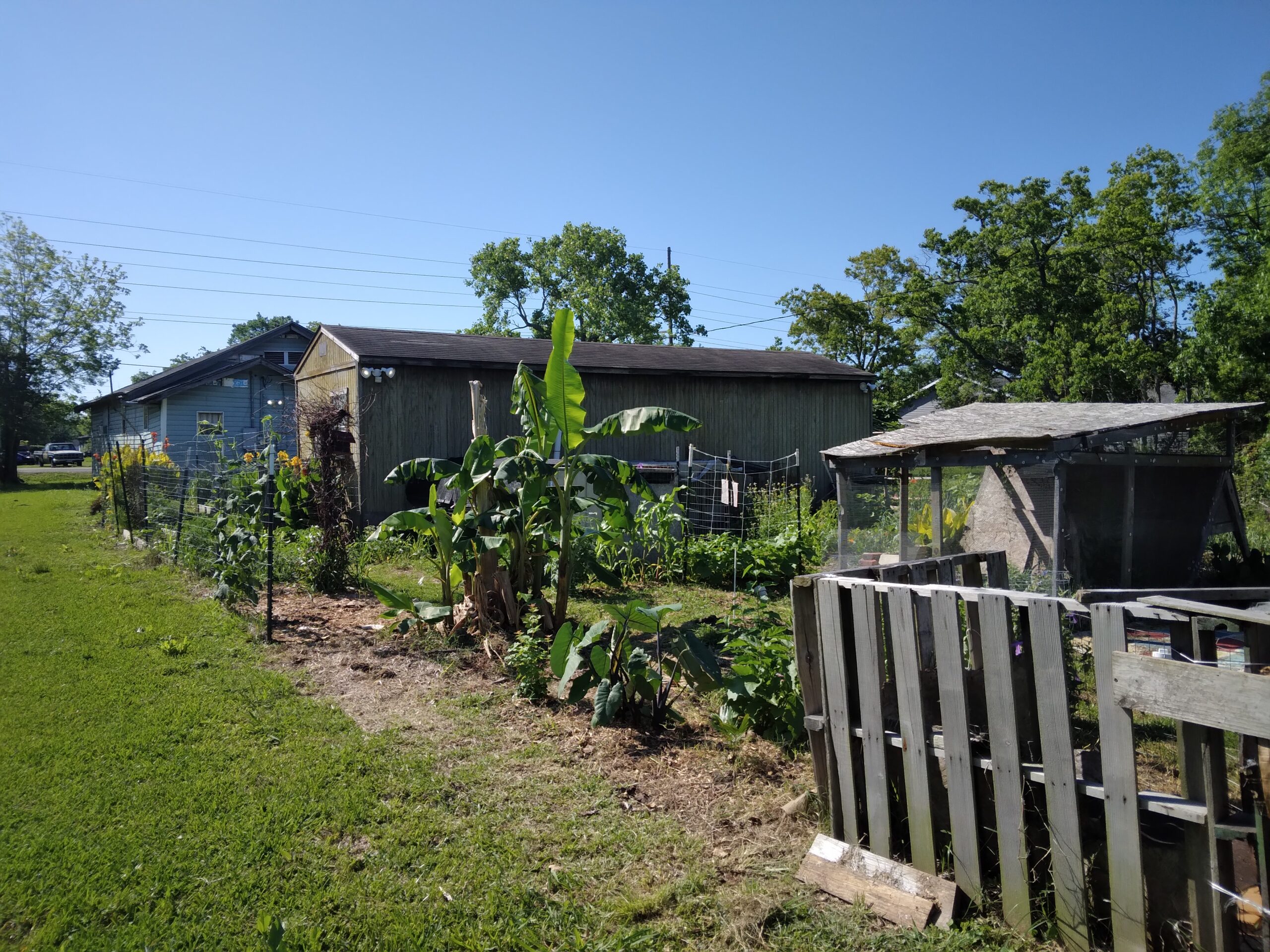Hello reader! I’m Karla of Karla’s Garden located in Southeast Texas zone 9. I live with my mom and we are homesteaders. Yes, you can be a homesteader without living on acres of land. We grow and preserve most of our vegetables and raise our own meat and eggs in our backyard.
What Is Homesteading?
Homesteading is all about being a household producing a good amount of food and preserving that harvest—farming but on a much smaller scale.

The best thing about homesteading is that there is no wrong way to do it. Yes, the goal is to be as self-sustainable as possible. But that can and does look different to each family.
Traditional homesteading takes place on farms, but that’s not feasible for everyone. Urban or backyard homesteaders have to still rely on store-bought food and goods, but they can produce a bit of their food. Balancing their income and becoming more self-sustainable.
Can I Save Money Urban Homesteading?
Yes! To lower my cost, I’ve learned to build the things I need myself.
I shopped at garage sales and thrift shops to get my jars for canning (but buy new lids). A lot of my seeds (in the beginning) came from store-bought produce like onions, potatoes, and tomatoes. If it had seeds in it or roots at the bottom, I planted it.
Built my beds and chicken coops from scrap wood and other materials I could find.
And learned to supplement my chicken’s food by growing and mixing it myself (sunflower seed, barley, buckwheat, oat, banana stems, greens, etc..). I do buy layer feed for my hens to keep their protein up, but by growing a lot of what they eat, now one 40-pound bag of feed will last 10 hens over a month. Each year my feed cost gets smaller as I learn to grow my grains.
I only feed my meat birds from what I grow, because I only need them to put on healthy weight before harvest them.
Remember, where there is a will, there is a way! Get creative and you can do a lot with a little.
Follow me on Instagram for a look into my homesteading journey.
Here are a few things you might find useful:
- Collect Rainwater to offset the cost of watering the garden.
- Start seedling under cover to ensure you have extra plants at all times.
- Create my own chicken feed and grit to save on feed cost.
- Save seeds to plant next year.
- Propagate perennial plants to grow in my garden.
- Preserve food by canning, drying or freezing.
- I make my own Compost and homemade fertilizers.
- I use shredded paper and plant material as mulch.
- I grow in ground, in boxes, pots etc… If it will hold soil you can plant something in it.
- Grow herbs and berries to make teas and fruit drinks.
- Learn to bake to make fresh bread for you family.
- Make your pasta and sauces.
Honestly, this list could probably go on forever because the more you learn, the more creative you will become. At the end of the day, I hope I made you see, you can homestead too.
Join my newsletter to receive tips, recipes and more!

